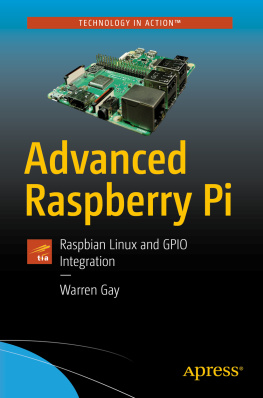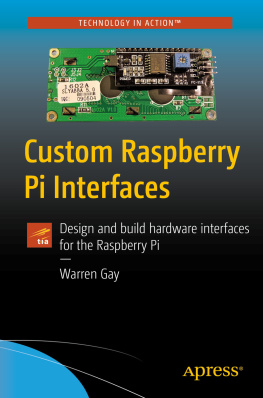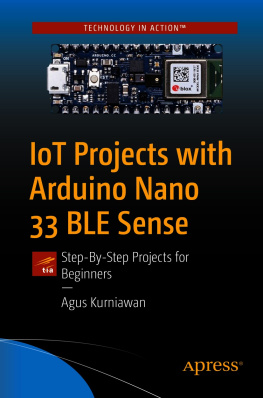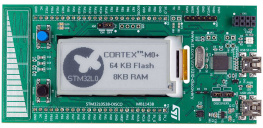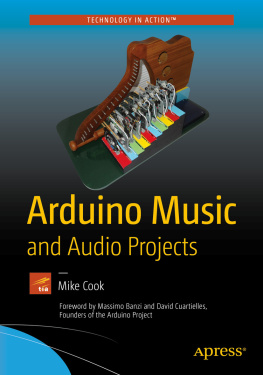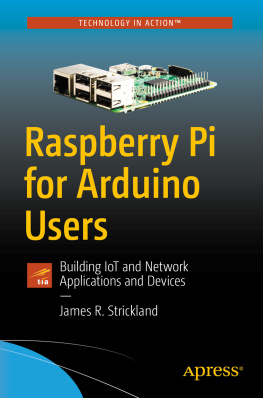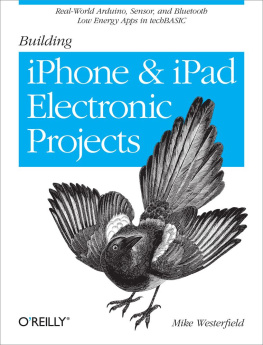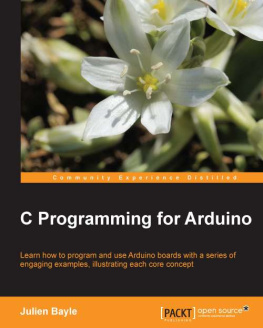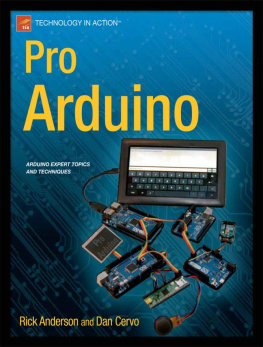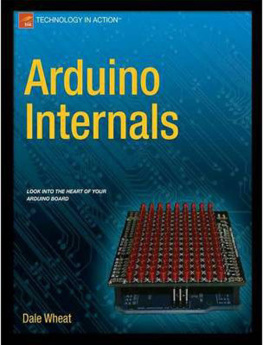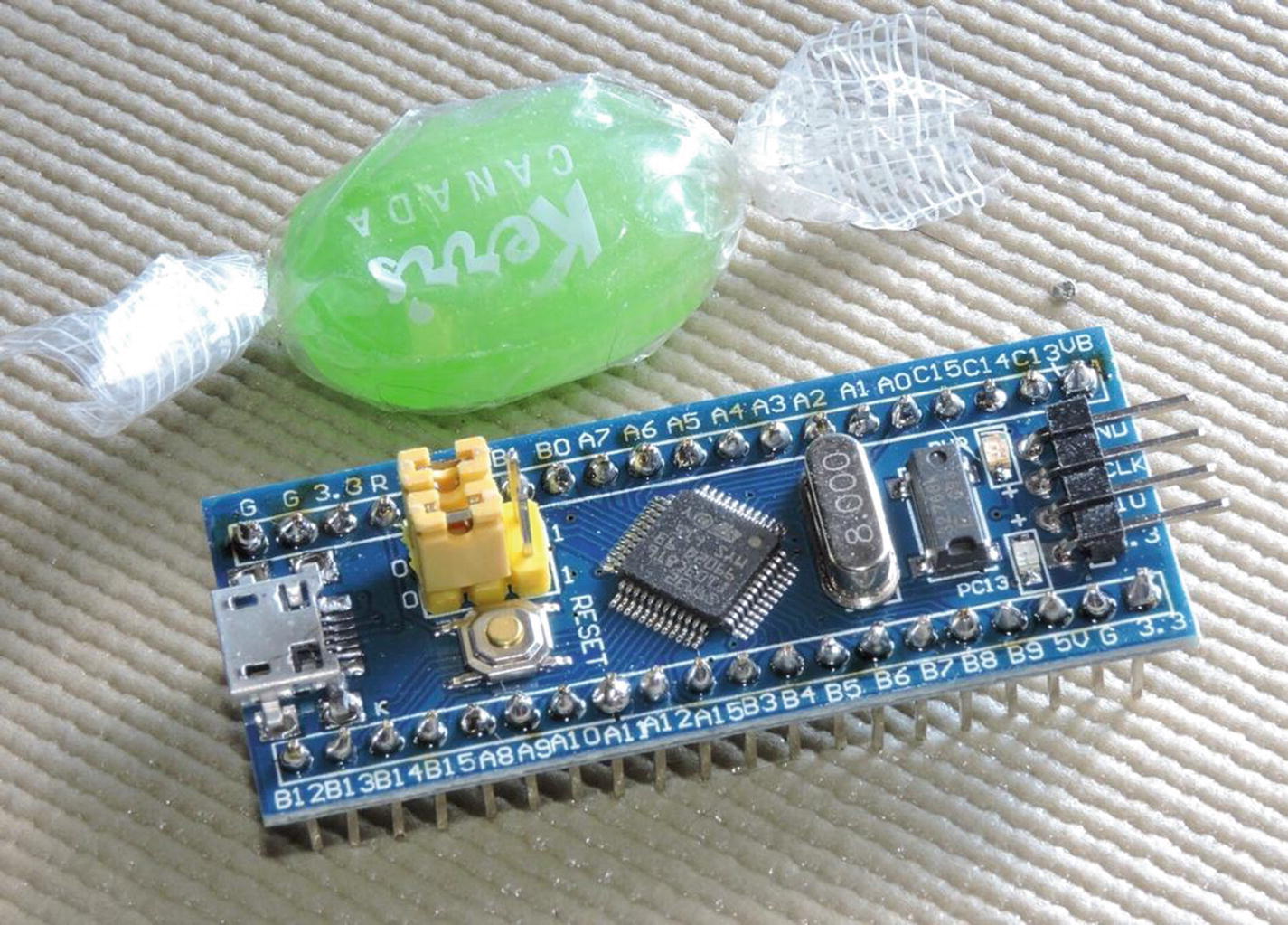Warren Gay - Beginning STM32: Developing with FreeRTOS, libopencm3 and GCC
Here you can read online Warren Gay - Beginning STM32: Developing with FreeRTOS, libopencm3 and GCC full text of the book (entire story) in english for free. Download pdf and epub, get meaning, cover and reviews about this ebook. year: 2018, publisher: Apress, genre: Computer. Description of the work, (preface) as well as reviews are available. Best literature library LitArk.com created for fans of good reading and offers a wide selection of genres:
Romance novel
Science fiction
Adventure
Detective
Science
History
Home and family
Prose
Art
Politics
Computer
Non-fiction
Religion
Business
Children
Humor
Choose a favorite category and find really read worthwhile books. Enjoy immersion in the world of imagination, feel the emotions of the characters or learn something new for yourself, make an fascinating discovery.
- Book:Beginning STM32: Developing with FreeRTOS, libopencm3 and GCC
- Author:
- Publisher:Apress
- Genre:
- Year:2018
- Rating:3 / 5
- Favourites:Add to favourites
- Your mark:
Beginning STM32: Developing with FreeRTOS, libopencm3 and GCC: summary, description and annotation
We offer to read an annotation, description, summary or preface (depends on what the author of the book "Beginning STM32: Developing with FreeRTOS, libopencm3 and GCC" wrote himself). If you haven't found the necessary information about the book — write in the comments, we will try to find it.
Using FreeRTOS and libopencm3 instead of the Arduino software environment, this book will help you develop multi-tasking applications that go beyond Arduino norms. In addition to the usual peripherals found in the typical Arduino device, the STM32 device includes a USB controller, RTC (Real Time Clock), DMA (Direct Memory Access controller), CAN bus and more.
Each chapter contains clear explanations of the STM32 hardware capabilities to help get you started with the device, including GPIO and several other ST Microelectronics peripherals like USB and CAN bus controller. Youll learn how to download and set up the libopencm3 + FreeRTOS development environment, using GCC. With everything set up, youll leverage FreeRTOS to create tasks, queues, and mutexes. Youll also learn to work with the I2C bus to add GPIO using the PCF8574 chip. And how to create PWM output for RC control using hardware timers.
Youll be introduced to new concepts that are necessary to master the STM32, such as how to extend code with GCC overlays using an external Winbond W25Q32 flash chip. Your knowledge is tested at the end of each chapter with exercises. Upon completing this book, youll be ready to work with any of the devices in the STM32 family.
- *
Beginning STM32 provides the professional, student, or hobbyist a way to learn about ARM without costing an arm!
What Youll Learn
Initialize and use the libopencm3 drivers and handle interrupts
Use DMA to drive a SPI based OLED displaying an analog meter
Read PWM from an RC control using hardware timers
Who This Book Is For
Experienced embedded engineers, students, hobbyists and makers wishing to explore the ARM architecture, going beyond Arduino limits.
Warren Gay: author's other books
Who wrote Beginning STM32: Developing with FreeRTOS, libopencm3 and GCC? Find out the surname, the name of the author of the book and a list of all author's works by series.


